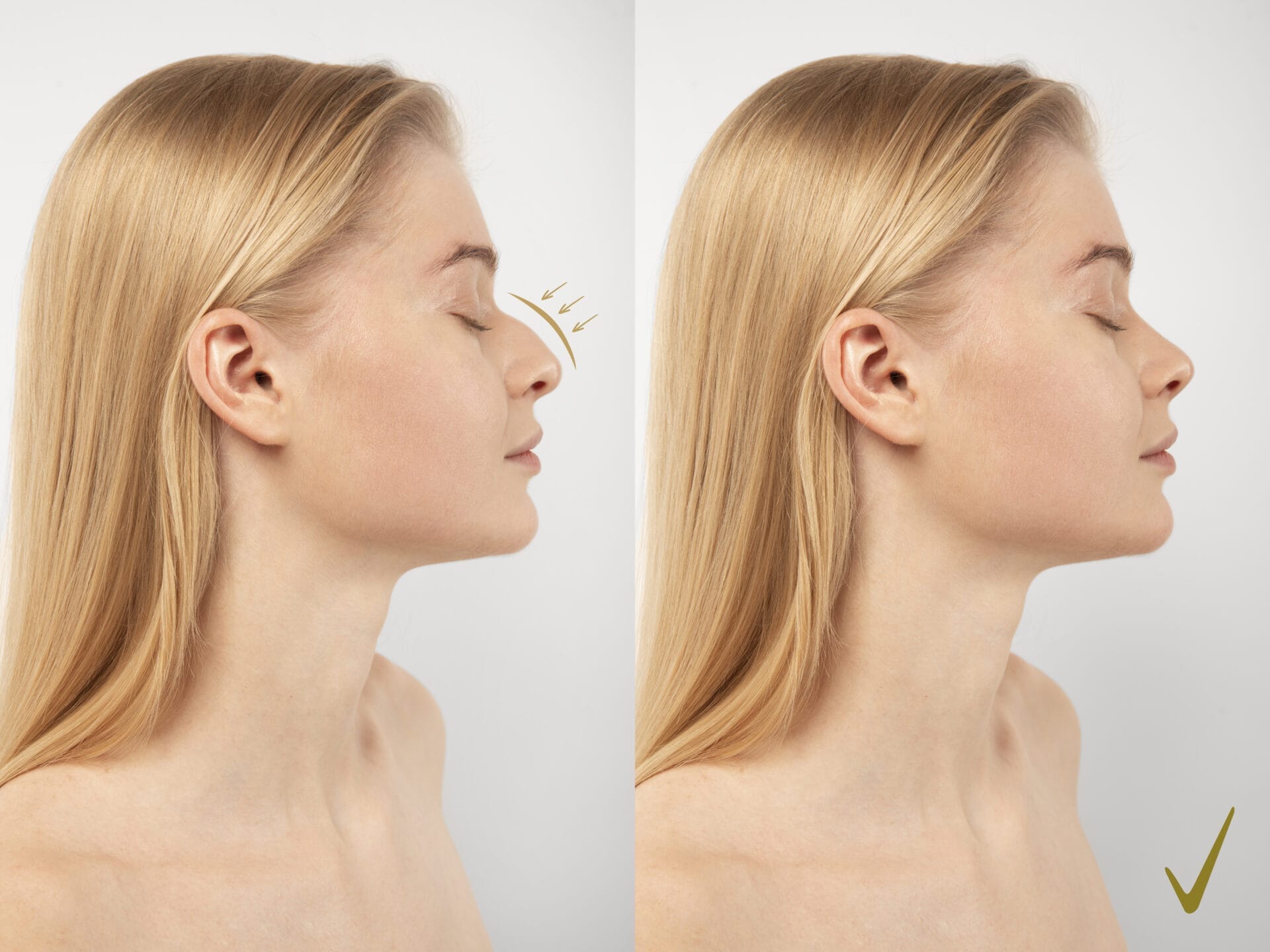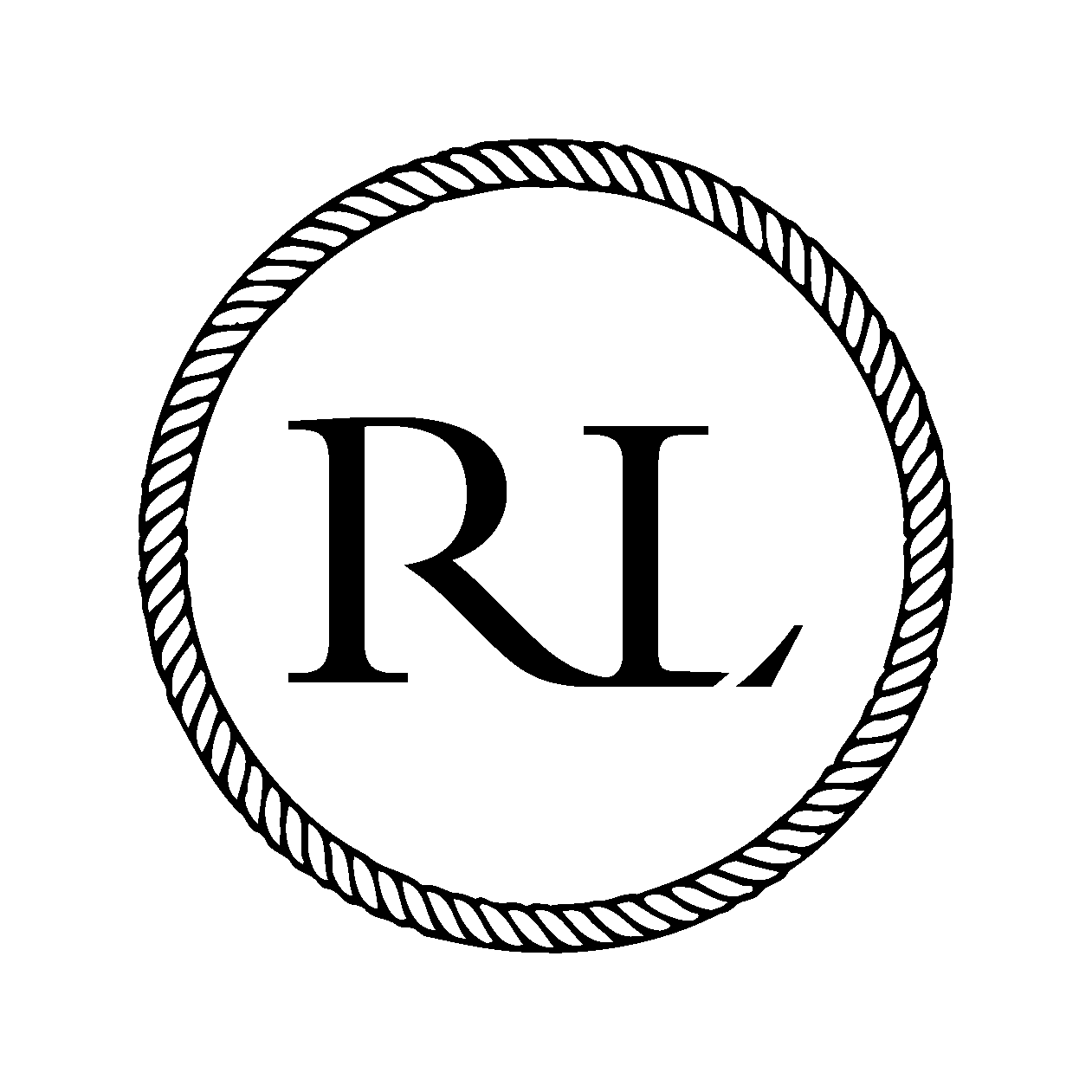High or Low Nose Bridges: Choosing the Right Nose Shape and Size for Rhinoplasty

The appearance of one’s nose can be a source of distress and insecurity for many people. The nose’s shape and proportion vary due to several factors, including the nasal bridge. But exactly where is the bridge of your nose? It refers to the bony structure running vertically to the centre of your nose. This bridge provides essential structural support for your nose, enhancing its shape and overall appearance. The distinction in this bone is broadly categorised into two: high bridges and low bridges.
You may be wondering how to differentiate between these two nasal shapes. People with higher nose bridges have sharp, angular noses as their bones are more pronounced and elevated. On the other hand, lower nasal bridges are characterised by flatter, softer noses having a smooth transition from the forehead to the tip. These distinctions are highly influenced by genetics and ethnic backgrounds.
The Perfect Nose: What Makes It Beautiful?
The debate around the “perfect nose” is circled with questions more than just knowing about the bridge of your nose. It is an amalgamation of cultural influence, mass media, progressions in the fashion industry, socio-economic factors, genetic variations, and psychological attributes. Moreover, the subjective nature of what is considered “perfect” also influences our perceptions. Some identify perfection with just the right shape and size of the nose, while others concern it with a harmonious blend of facial proportions.
Finding the Right Shape for Your Face
Are you curious to know what nose shape will best suit your face? This is a question that has no one-size-fits-all answer. As we read above, countless variables influence the definition of a perfect nose. Even the best rhinoplasty surgeon in London might not have a cookie-cutter explanation for this question due to the vast differences in individual outlooks. Below, we attempt to help you understand the factors that play a role in determining your “right” nose shape.
Where Is the Bridge of Your Nose?
The foremost step in figuring out your desired nose shape is knowing the location of your nasal bridge. It may seem tricky, but there is a relatively simple at-home technique to do so. Stand before a mirror and run your finger between your eyebrows down to the tip of your nose. Stop wherever you feel a pointy, bony ridge, pause there and you will be successful in locating your nasal bridge.
Facial Symmetry: Exploring the Influences and Perceptions
The next step in establishing your desired nose shape is the symmetry of your facial proportions. While perfectly calculated symmetry in natural face shapes is rare, people seek cosmetic procedures to achieve it. Below, we will explore the contrasting dynamics of facial symmetry.
-
Cultural Influences on Facial Symmetry
Folklore, mythology, history, symbols, scriptures, and idols come together to form a traditional idea of what is acceptable. These figures bound people to strive for an appearance they may not be born with but should aim to achieve.
-
Personal Preferences and Facial Symmetry
Individual insecurities, dissatisfaction, need for improvement, and desires greatly influence the need to achieve a “perfect” face. Some people may also be involved in certain professions that demand a proportioned appearance. All these factors are very individualistic in nature and vary from person to person.
-
Functional Considerations for Facial Symmetry
Beyond aesthetic purposes, facial symmetry is also relevant to making everyday life easy. People undergo procedures to make their day-to-day functioning manageable. These may include sensory dysfunctions, airway function, facial expressions, and speech production issues. The most common example of this need is among people who get rhinoplasty for deviated septum.
-
Surgeon Expertise and Facial Symmetry
Making alterations to one’s face is a significant step that requires careful consideration and trust. Hence, the surgeon responsible for your procedure holds a lot of power in determining your facial symmetry. It is crucial to be wise and aware while choosing the expert accountable for undertaking your procedure.
Identifying the Most Popular Nose Shape in Rhinoplasty
The vote of the most popular nose shape in rhinoplasty remains fluid to keep up with the transience of trends and demands. Surgeons receive requests for different shapes from different people to fulfil their own unique needs. Due to these fluctuations, it is hard to pinpoint a specific nose shape that can win the title of “most popular.” However, the most commonly observed requests for surgeons are for the following shapes.
- Celestial nose, also known as turned-up nose
- Greek shaped nose
- Nubian shaped nose
- Bulbous-tipped nose
One must keep in mind that a popular choice may not necessarily be the right fit for you. It is crucial to pick the shape that best serves your interests, as it is a highly personal choice.
How to Identify if You Have a Low Bridge Nose?
Understanding the anatomy of your face is a key step in deciding the suitable nose shape for yourself. If you are confused about where to start, work to identify the height of your nasal bridge. Let us begin by examining some prominent features associated with low-bridge noses.
- Lower or less pronounced ridge
- Flatter view of the nose from the side
- The nose appears closer to the face
- Noticeable disruptions in facial harmony and balance
You may have a low bridge nose if you observe these traits in your face. To get a confirmed opinion, visit a certified surgeon. They may recommend X-rays to get a better look at your bone structure and give you a reliable answer.
How to Achieve: High Nose vs. Low Nose
Rhinoplasty, one of the most versatile cosmetic surgeries, addresses many concerns within a single procedure and offers satisfying results. If you have decided to undergo this procedure to fix your nasal bridge, you must know how it works and the accompanying outcomes.
- The surgeon will draw cartilage grafts from one nose area to achieve a high nasal bridge and transplant them to the bridge. These steps help to add a definition to your nose shape.
- For people with high bridges, surgeons operate to reshape the nasal bones to help them appear less raised.
It is crucial to have open and transparent discussions with your respective provider about your goals and expectations from the procedure. They will assist you in reaching a clear outcome, brief you about the processes involved, and monitor your progress after the surgery.
Expert Rhinoplasty Services at Rhinoplasty LDN – Best Rhinoplasty Surgeons in London
If you want to explore nose bridges and how rhinoplasty can improve them, we urge you to contact Rhinoplasty LDN. We are a renowned name in the cosmetic surgery industry and have a successful record of offering highly personalised care. Our team ensures the maintenance of a high-quality standard for exceptional results. We strive to balance patients’ medical and psychological well-being for a gratifying experience. Our experts guide you through each stage of your procedure, from deciding your desired nose shape to offering post-op care to keep track of your progress. Begin your rhinoplasty journey with us by booking an appointment, enquiring about cosmetic surgery prices in the UK, and stepping into a world of top-grade surgical care!
Frequently Asked Questions
Most patients who undergo rhinoplasty have very little complaints of pain during the procedure due to anaesthesia. On a scale of 10, the pain experienced is reported to be between 0-4.
